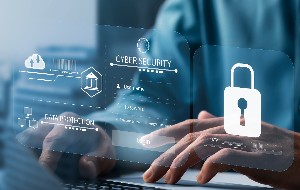Table of contents
- How can you tell if you are being spied on through Wi-Fi?
- How do hackers spy on phones via Wi-Fi?
- 1. Man-in-the-middle attacks
- 2. Packet sniffing
- 3. Rogue hotspots
- 4. Malware injection
- What to do if your Wi-Fi was hacked
- 1. Factory reset your router
- 2. Change your Wi-Fi network password
- 3. Disable remote administration
- 4. Scan devices for malware
- 5. Regularly check your credit report and bank statements
- 6. Consider identity theft monitoring
- How to protect your Wi-Fi network
- 1. Create strong passwords
- 2. Install antivirus software on your computer
- 3. Never click on unknown links
- 4. Avoid using unsecured Wi-Fi connections
- Conclusion
How can you tell if you are being spied on through Wi-Fi?
If it’s easy for hackers to spy on you through your Wi-Fi, surely you’d want to know if it’s happening to you. Fortunately, there are a few ways to tell if someone is monitoring you via your Wi-Fi.
Here are a few clues that your Wi-Fi may be compromised:
- There are unknown connections on your Wi-Fi. Checking the connections on your router settings is the easiest way to tell if someone with malicious intent has connected to your router. If you notice any names you don’t recognize, remove those connections, as they may be hackers who are spying on you.
To see your router logs:
- Open a browser and type, type your router’s IP address (this is either 192.168.1.1 or 10.0.0.1), and press Enter.
- Sign into your admin panel (usually, login and password are ‘admin’)
- Look through your router settings for a list of connected devices. Change your Wi-Fi password if you spot a device you don’t recognize.
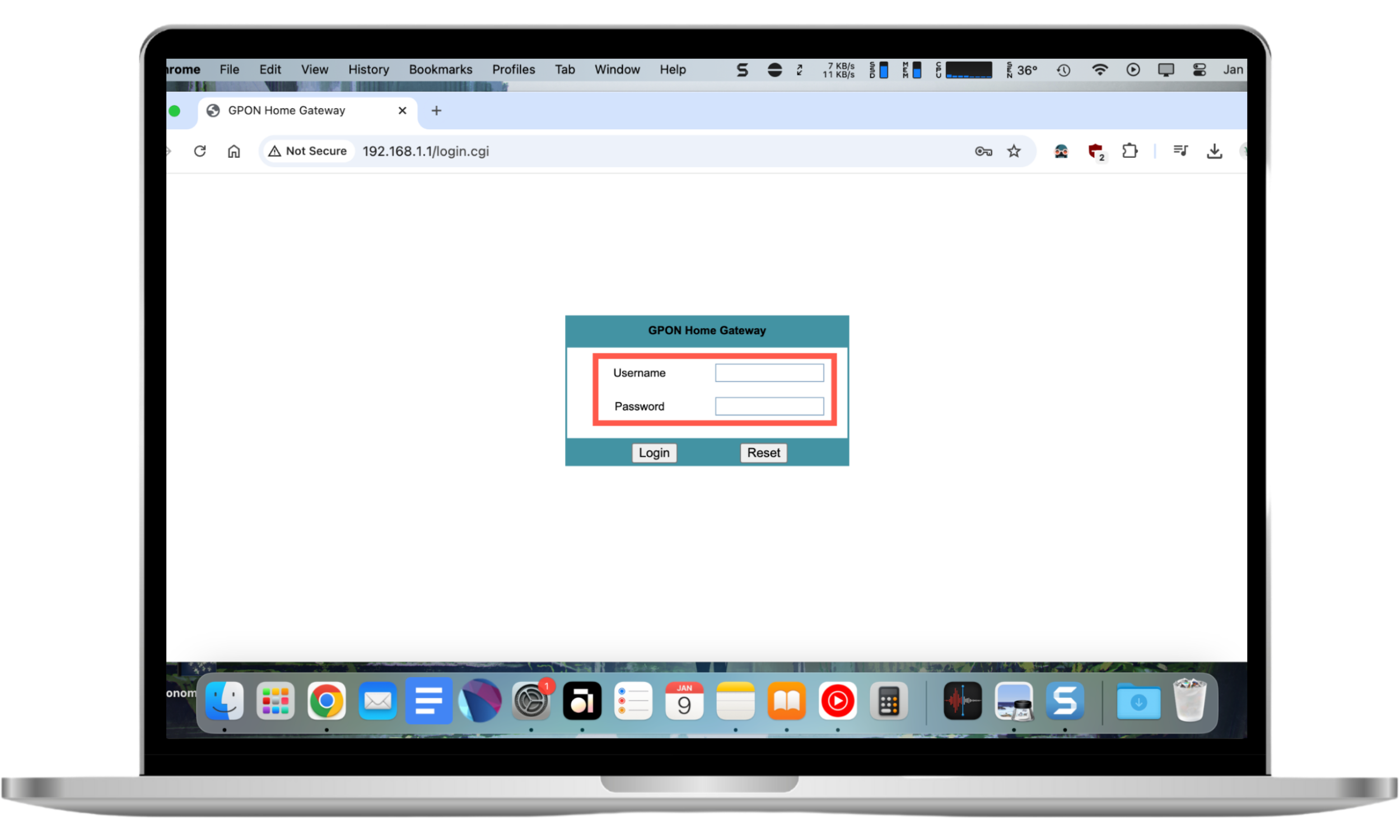
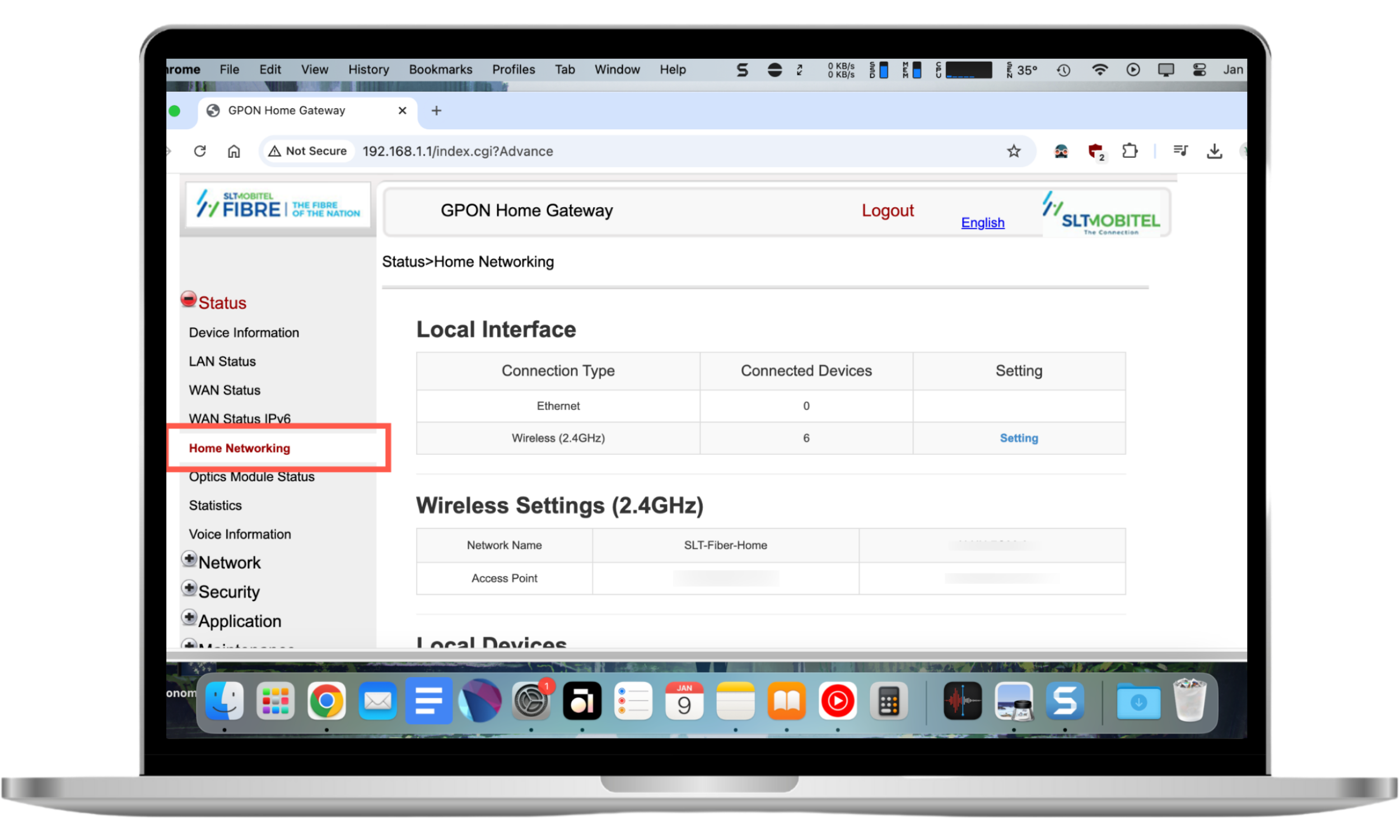
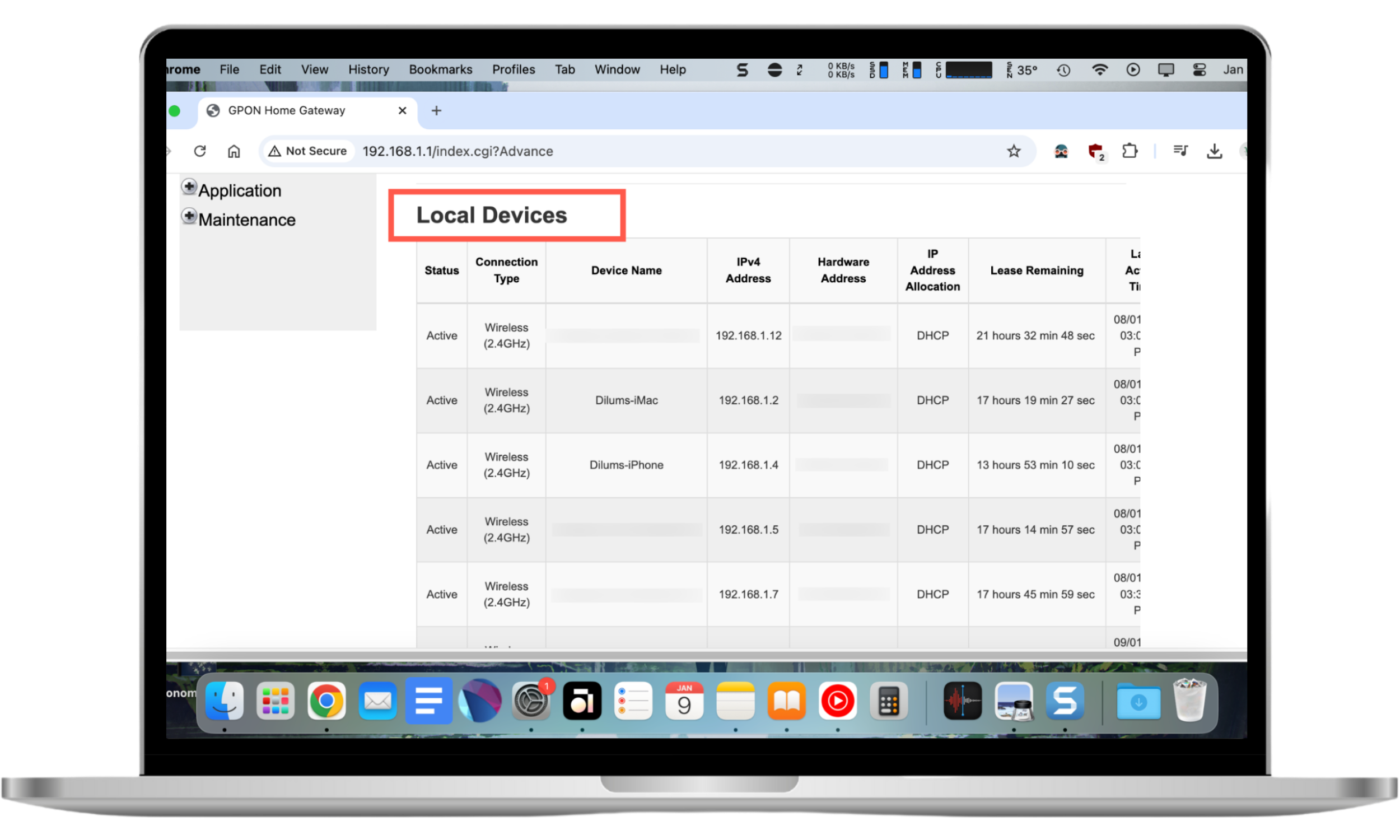
- Your Wi-Fi settings have changed. When a hacker breaches your Wi-Fi network, they may quickly change your password in case you catch on to what’s happening and kick them out. Contact your Internet Service Provider (ISP) if your Wi-Fi password suddenly stops working.
- Your internet speed is ridiculously slow. If your Wi-Fi is noticeably slower than usual or has a weak signal, it may be because there are multiple devices connected to your router. The more spread out your bandwidth is, the slower your connection or speed will be.
- You notice strange software on your device. One of the ways that hackers monitor their victims' devices is by installing malicious software. If you find any apps, software, or programs you don’t recognize or are sure you haven’t installed yourself, they may have been added to your device by a hacker.
If you use an iPhone or Android, Clario Anti Spy can help protect your online privacy. Designed by cybersecurity experts, this anti-spyware tool prevents spying and stalking on mobile devices. Its Anti-spy setup will guide you through the steps to secure your phone's network activity to make your mobile device impossible to track.
To run an Anti-spy setup with Clario Anti Spy:
- Download Clario Anti Spy and subscribe to create an account.
- Select Setup under Anti-spy setup.
- Tap Protect online activity for instructions on how to secure your phone online.
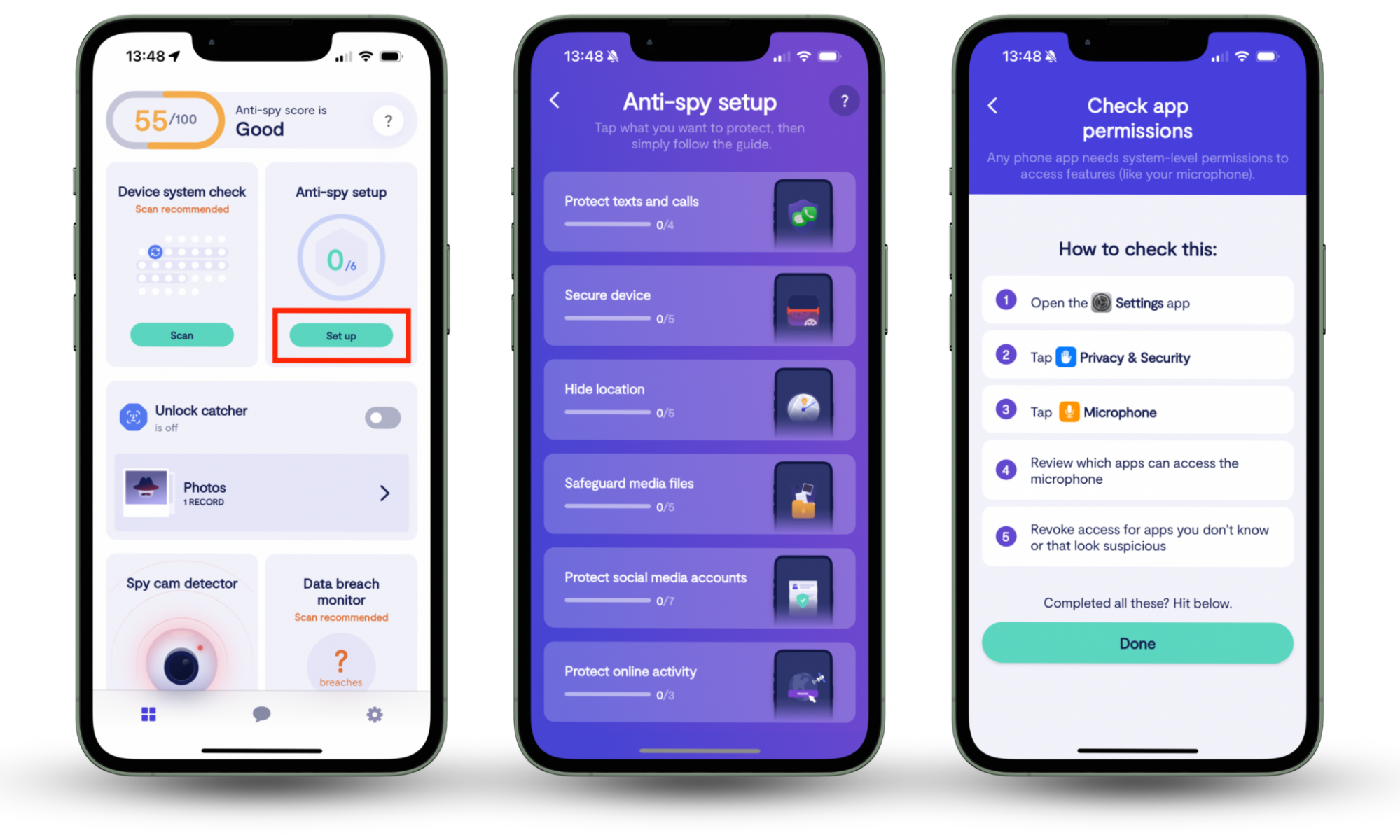
Clario Anti Spy secures your mobile device in various other ways. For instance, it alerts you to jailbreaks on iPhones and rooting on Android, notifies you of data breaches involving personal information, and records if someone tries to unlock your phone without your permission. Plus, it provides 24/7 access to a security team for real-time support.
How do hackers spy on phones via Wi-Fi?
There are several ways cybercriminals use Wi-Fi hacking to spy on your phone and steal sensitive information, such as:
One Clario Anti Spy customer recently contacted us with concerns that their personal information was compromised and circulating on the dark web. This can happen when someone gains access to your network and obtains your data, and it can cause all kinds of problems. Using Anti Spy and help from our support agent, Fane, our customer identified several alarming account breaches and was able to take immediate action to resolve them.
Let’s take a closer look at the signs you should look out for—and how you can use Clario Anti Spy to stop hackers from stealing information.
1. Man-in-the-middle attacks
A man-in-the-middle (MITM) attack is when an attacker intercepts your network traffic so that they can extract valuable information from it. Rather than being transmitted directly from a web server, traffic is routed through a third party, and you’ll likely never know this is happening.
2. Packet sniffing
Packet sniffing is when a cybercriminal continually monitors network traffic and steals snippets of data that could be sent to or received from a certain place, such as your mail provider or your bank. Hackers can use this to capture particularly valuable information, like account details.
3. Rogue hotspots
Rogue hotspots are fake Wi-Fi access points that may intercept data, distribute malware, or carry out other attacks. They typically look like normal public networks, so users connect to them thinking they’ll get to use free Wi-Fi, not knowing their traffic is monitored or their device is downloading malware.
4. Malware injection
In addition to rogue hotspots, there are other ways that cybercriminals can inject malware onto a device over Wi-Fi. One common method is to hijack legitimate public networks and distribute infections to all connected devices, while others may send malware wirelessly using features like AirDrop.
What to do if your Wi-Fi was hacked
You can check if your internet is hacked by looking for unrecognized devices connected to your Wi-Fi. These are the steps you should take to protect yourself once you know your Wi-Fi has been hacked:
- Factory reset your router
- Change your Wi-Fi password
- Disable remote administration
- Scan devices for malware
- Regularly check your credit report and bank statements
- Consider identity theft monitoring
1. Factory reset your router
Factory resetting your router should fix or remove any software modifications that are present. It will also change your router’s network and admin passwords back to their defaults, thereby disconnecting any devices that currently have access—including those used by hackers.
The process of resetting a router varies depending on the make and model, but it typically involves logging into the administrator portal, looking for the maintenance menu, selecting the factory reset option, and then following the instructions.
2. Change your Wi-Fi network password
Changing your Wi-Fi password will remove all devices currently connected to your network, and they won’t be able to reconnect until your new password is entered. This is particularly important if you’re still using your router’s original password, as a reset alone won’t block devices from reconnecting.
Again, the steps you’ll need to take to reset your router password are different depending on what kind of router you have. But if you go into the administrator portal and look for the Wi-Fi or WAN settings, you should see an option to enter a new network password.
3. Disable remote administration
Disabling remote administration on your router prevents attackers from managing the network from anywhere. You’ll need to be connected either by Wi-Fi or by Ethernet to access the settings interface. Couple this with changing your Wi-Fi password, and it completely blocks out unauthorized access.
After logging into your router’s admin portal, look for the maintenance menu, and then find and disable the remote administration option. Note that this feature may reside within a different menu depending on the router model, so consult your router’s manual if you can’t find it.
4. Scan devices for malware
There’s a high chance your devices are infected with malware if hackers have gained access to your Wi-Fi network. Use an antivirus program to identify and remove threats from any computers you own, and on Android and iOS, install Clario Anti Spy to look for suspicious apps.
5. Regularly check your credit report and bank statements
If cybercriminals have obtained your information, it could be used for fraud. With your name, address, and other personal details, they’ll be able to take out loans, credit cards, and other products in your name. Use a service like Equifax or Experian to monitor your credit report and check bank statements for any suspicious activity.
6. Consider identity theft monitoring
When our anxious customer contacted us with concerns about their data being leaked online, we showed them how to use Clario Anti Spy for identity theft monitoring. With the Data breach monitor feature, they could quickly establish which of their accounts were compromised. Some of these included things like credit card details and their Social Security Number (SSN), which could be used for all kinds of fraudulent activities.
Our support agent Fane recommended a series of actions to rectify that users could take to protect their accounts, like canceling affected cards and requesting replacements, and initiating a credit freeze to prevent unauthorized access. Here’s how you can find out if you have any compromised accounts using Data breach monitor:
- Install Clario Anti Spy for Android or iOS.
- Under Data breach monitor, tap Scan.
- Enter the email address you want to check, then select Scan new email.
- Anti Spy will tell you if any data breaches are found, and then you can take the appropriate steps to protect any compromised accounts.
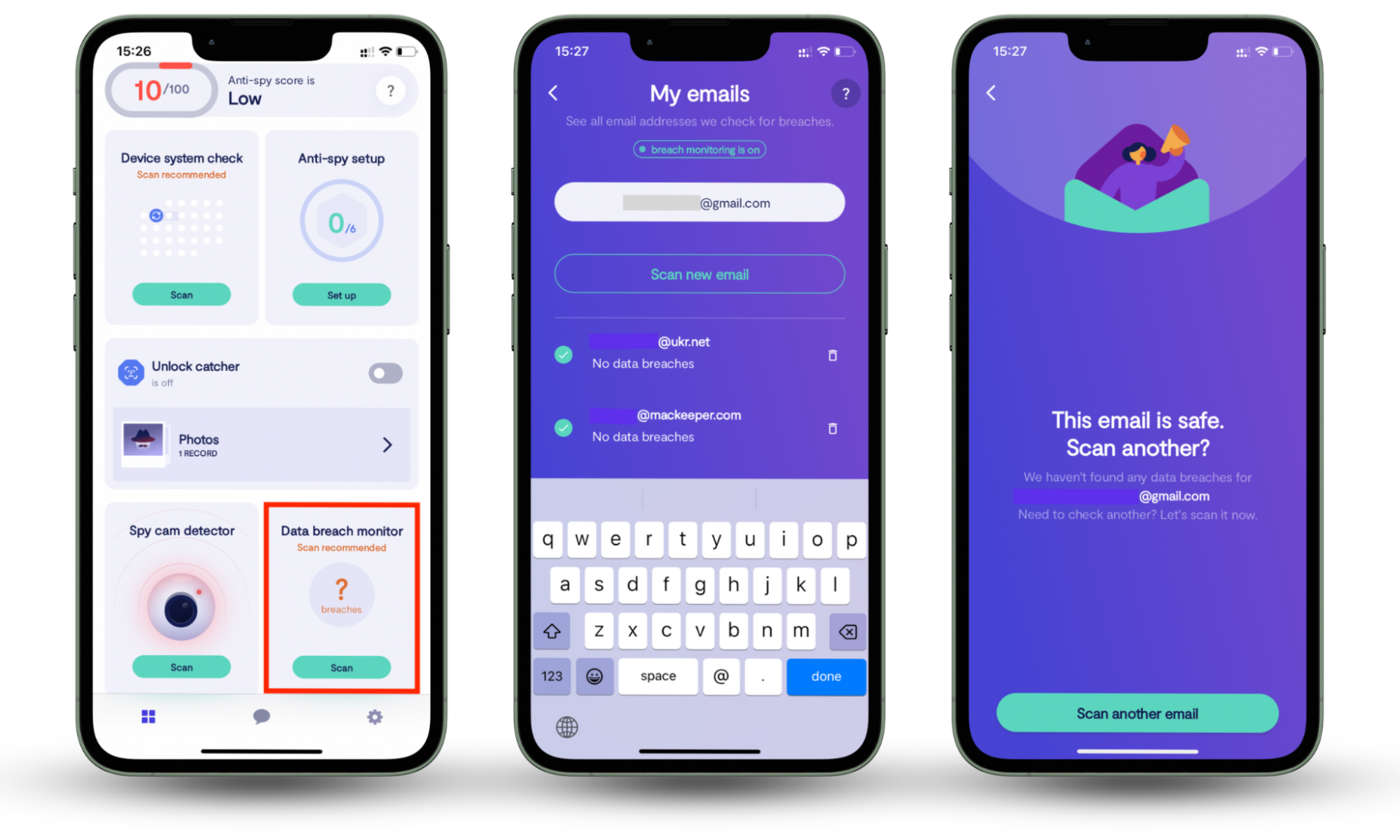
How to protect your Wi-Fi network
Now that you know your device can be tracked through your Wi-Fi, you must be wondering how you can prevent that from happening. It’s quite simple—you must follow healthy internet practices like the ones listed below.
- Create strong passwords
- Install antivirus software on your computer
- Never click on unknown links
- Avoid using unsecured Wi-Fi connections
1. Create strong passwords
Nowadays, using a lazy password is irresponsible and leaves you at risk of getting hacked. Understand that experienced hackers have been doing this for years, so they could crack an easy password, like your birthdate, within seconds. Don’t make it easy for them. You must use a complex password to control who can access your Wi-Fi network.
Here’s what a strong password should include:
- Numbers
- Uppercase letters
- Lowercase letters
- Special symbols.
This might help protect your device against brute-force attacks and, ultimately, your privacy. Additionally, never use the same password across all your online accounts because if someone breaches one account, they can access the rest of your accounts, too. Consider the financial consequences you could suffer if your online banking accounts were breached because you use the same password as you do for your Wi-Fi network.
Fortunately, you don’t have to memorize all your passwords. Use a password manager to store and manage all your passwords in one place. It’s also wise to change your Wi-Fi password regularly (every few weeks). Alternatively, change it after you’ve had visitors with whom you shared your Wi-Fi connection, especially if you don’t know them too well or don’t trust them.
2. Install antivirus software on your computer
Did you know?
There are more than 970 million pieces of malware going around on the internet at any given point in time (AV-TEST Institute Malware Statistics & Trends Report).
Installing protective software on devices that are connected through Wi-Fi is one of the most important steps in protecting yourself against spies. That’s because it safeguards your devices against viruses by identifying them before they can wreak havoc.
What does a good antivirus software program do?
- It stays on 24/7 to look out for viruses around the clock. The sooner it identifies threats, the better.
- It eliminates any threats found to protect your privacy.
Are you worried that someone may be secretly watching you? Here’s how to tell if someone is spying on your phone.
Antivirus apps either perform automatic scans or allow you to manually scan your device. Some antivirus apps do both. It’s advisable to get a program that scans your computer automatically. However, you should also keep an eye on it to ensure the scans are being performed consistently, as Wi-Fi and data connection issues can affect regular scans.
Tip
It’s always smart to protect your computer by keeping your antivirus software up-to-date. This will help address any security loopholes and keep it working as it should.
While the goal of antivirus programs is the same—to remove viruses from your device—they may go about it differently.
- Some apps make you review the threats they find and ask for your permission to remove them
- Other apps remove the threats without your prompting.
Familiarize yourself with the program you’ve installed, so you know what to expect.
There are tons of antivirus programs on the market, but that doesn’t mean they’re all reliable. Do your research to find antivirus software that can get the job done.
If you're on an iPhone or Android, you can find out if hackers have gained access to your data by using Clario Anti Spy’s Data breach monitor. By simply entering your email address, you can quickly see which accounts are breached and take the necessary steps to protect them.
3. Never click on unknown links
One of the easiest tricks used by spies is sending you malicious links to infect your phone or computer with viruses and malware. It’s a popular strategy because many people still fall for it. A hacker may send you a malicious link via one or more of the following platforms:
- Text message.
Phishing can take on many forms, so it’s best to avoid interacting with texts and emails from senders you don’t know or recognize. If you do, a phishing program or app may subsequently be installed on your device, which will spy on your hotspot password.
Are you worried your Android device may be housing one of these? Learn how to find hidden spy apps on Android. They can be installed on iPhones, too.
Did you know?
Your phone can be monitored through Wi-Fi? In fact, someone spying on your phone through Wi-Fi can also use viruses and malware to watch you through your phone’s camera.
How do you know if someone is watching you through your phone camera?
- You’ll find unfamiliar background apps
- You may notice suspicious activity on your phone
- Your camera misbehaves, and more.
But there are multiple types of viruses out there.
4. Avoid using unsecured Wi-Fi connections
An unsecured Wi-Fi connection is one of the entry points to a Wi-Fi network. Any device connected to it can be compromised by a hacker or someone spying on you through Wi-Fi.
Below are examples of Wi-Fi networks that may be unsecured:
- Private Wi-Fi networks
- Company Wi-Fi networks
- Public Wi-Fi networks.
Here’s a snapshot of alarming Wi-Fi security statistics from Forbes to take note of:
- 35% of people use public Wi-Fi three to four times every month
- 20% of people use public Wi-Fi to make financial transactions
- The top three places people connect to public Wi-Fi are cafés and restaurants, hotels, and libraries
- 40% of people have had their data breached while using public Wi-Fi
- Most people have experienced breaches while connected to public Wi-Fi at an airport or restaurant.
Due to budget constraints or a lack of in-depth knowledge about internet safety, public facilities like restaurants and internet cafés typically don’t invest in the best cybersecurity software. As a result, their Wi-Fi networks may be intercepted by hackers, who could inject connected devices with viruses and malware.
So, what can you do when you need to connect to the internet while in public? Your best bet is to use your mobile data. This will help you steer clear of any hackers who may be spying on public Wi-Fi networks. Investing in a VPN (or virtual private network) can also help by encrypting your internet traffic.
Conclusion
Unfortunately, there are numerous ways for hackers and bad actors to spy on you. Whether it’s a random cybercriminal or your ex, anyone with a motive can compromise your Wi-Fi network and access your sensitive information. Fortunately, that can be prevented.
To ensure your data is safe and see if your accounts are vulnerable, you can use Clario Anti Spy’s Data breach monitor on Android and iOS. Simply enter your email address to find out whether you’ve previously been involved in a data breach, then lock down any affected accounts.
